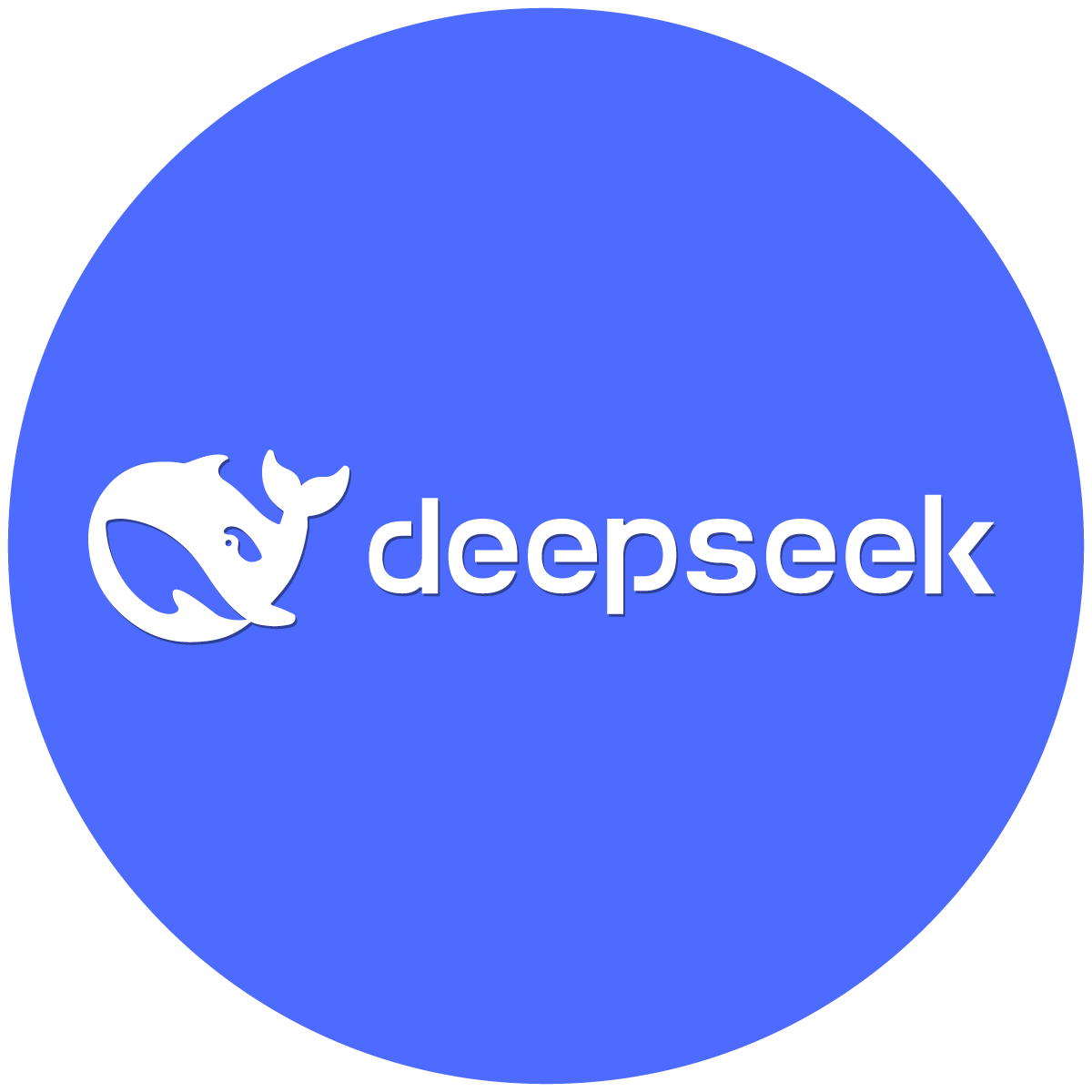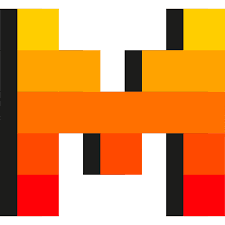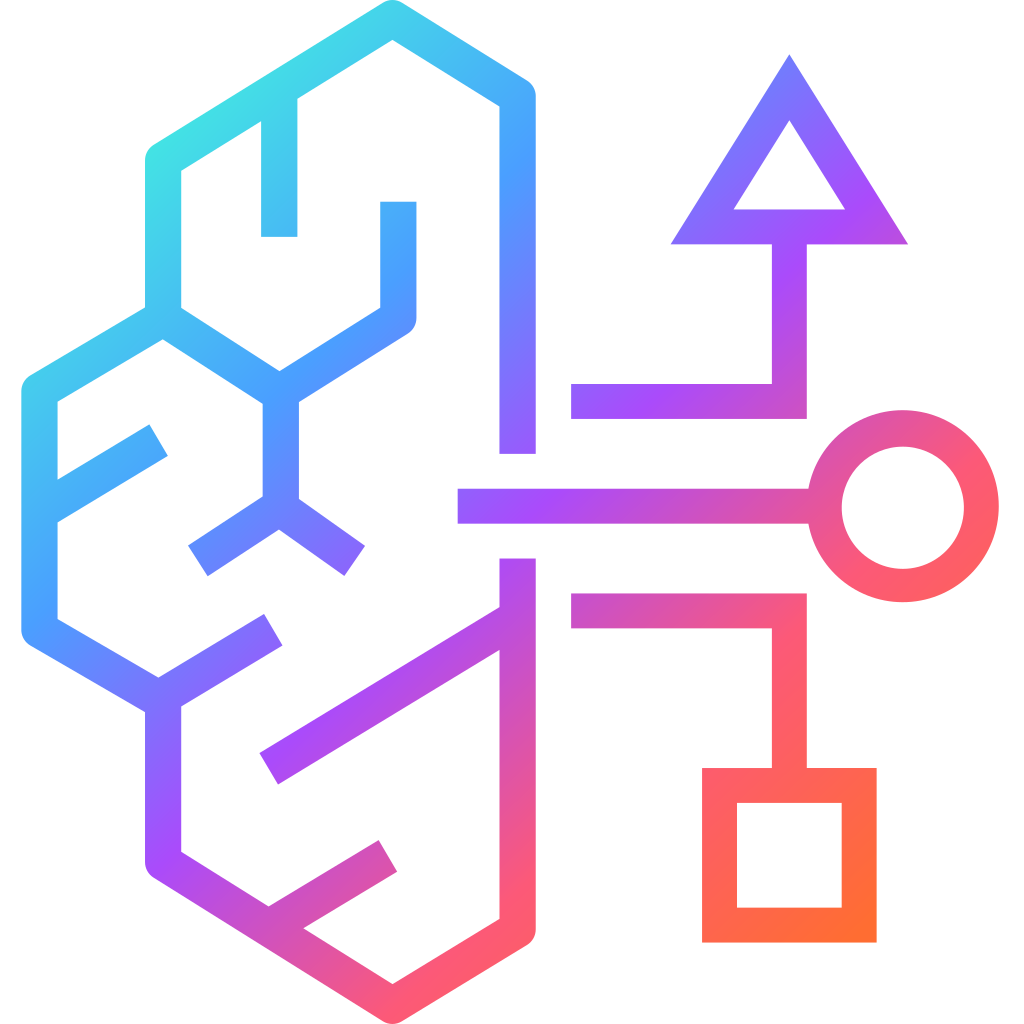Everything You Want to Know About ChatGPT
Introduction to ChatGPT
ChatGPT, developed by OpenAI, is an advanced language model based on the GPT (Generative Pretrained Transformer) architecture. It is designed to understand and generate human-like text based on the input provided by users, enabling diverse interactions ranging from casual conversations to technical support.
How Does ChatGPT Work?
ChatGPT uses deep learning, particularly transformer models, to analyze vast amounts of textual data, identify patterns, and generate contextually appropriate responses.
Main Components of ChatGPT
| Component | Description |
|---|---|
| Transformer Architecture | Uses self-attention mechanisms to capture context in data. |
| Pretraining Data | Trained on vast amounts of internet text. |
| Fine-Tuning | Customized training to adapt responses to specific tasks. |
Applications of ChatGPT
- Customer Support: Instant responses and troubleshooting.
- Content Generation: Creating articles, blogs, and marketing content.
- Virtual Assistance: Personal and administrative task management.
- Education: Interactive learning and knowledge assistance.
Benefits of Using ChatGPT
- Efficient communication and rapid responses.
- High accuracy and natural language understanding.
- Cost-effective automation of routine tasks.
- Scalable and adaptable to diverse industries.
Limitations and Considerations
Despite its strengths, ChatGPT may occasionally generate incorrect or biased responses. Users should critically evaluate outputs, especially in sensitive or critical scenarios.
Future of ChatGPT
The future of ChatGPT includes continuous improvements in understanding nuanced human interactions, better integration with various software applications, and enhanced safety mechanisms to minimize bias and misinformation.
Conclusion
ChatGPT represents a significant advancement in artificial intelligence, transforming the way humans interact with technology. Its versatility, combined with ongoing developments, promises extensive future benefits across various domains.











